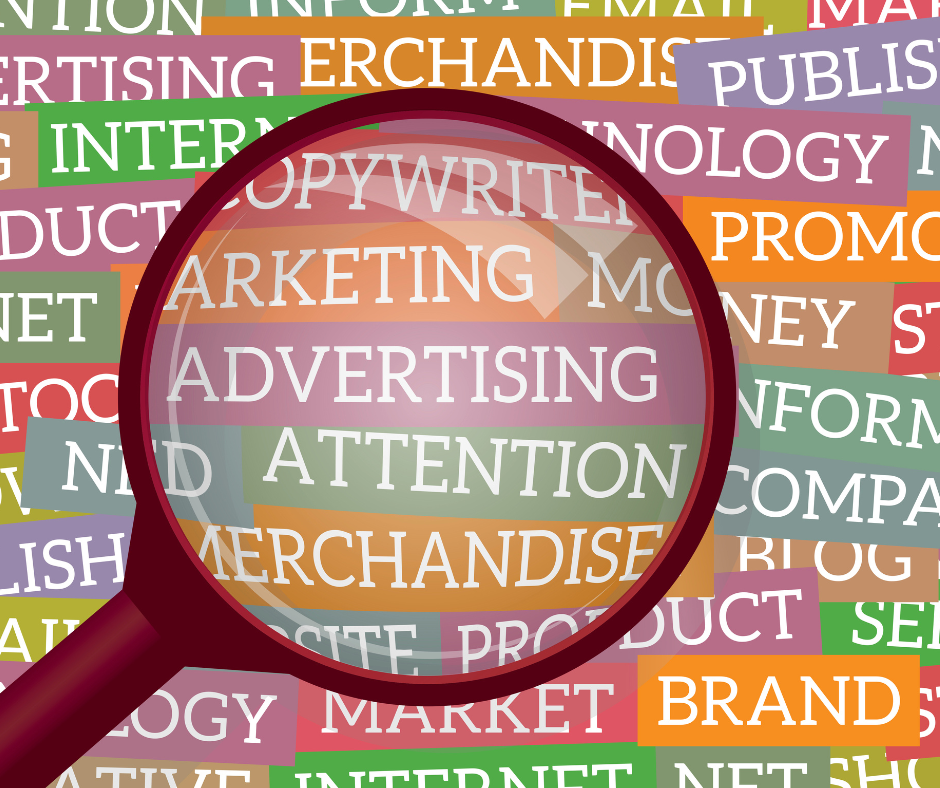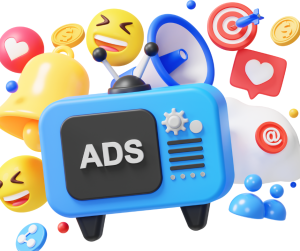The art of advertising stands at the forefront, constantly reinventing itself to capture fleeting gazes and stir deep-seated emotions. “Breaking Boundaries: Navigating the Evolving Realm of Advertising Strategies” delves into the dynamic landscape where digital and traditional advertising converge, creating a kaleidoscope of innovative tactics and transformative campaigns that shape our consumption habits and perceptions. As we journey through this ever-shifting realm, we witness the metamorphosis of age-old techniques and the rise of cutting-edge methodologies that redefine the very essence of brand communication. Steering through the choppy waters of the advertising industry, one can’t help but marvel at the sheer ingenuity and adaptability displayed by marketers in this quest for consumer engagement. From the nostalgic charm of traditional print ads to the interactive allure of social media campaigns, each strategy serves as a brushstroke on the canvas of modern advertising, captivating audiences and leaving a lasting imprint on their minds. As we unravel the intricacies of this multifaceted world, we uncover how brands harness the power of storytelling, data analytics, and immersive experiences to forge connections that transcend mere transactions. Join us on this riveting exploration of the symbiotic relationship between brands and consumers, where the keyword ‘advertising’ unlocks a gateway to a realm where creativity knows no bounds.
The Evolution of Advertising: From Print to Digital
Advertising has come a long way since its humble beginnings in print media. In the early days, brands relied on newspapers, magazines, and billboards to reach their target audience. These traditional advertising methods were effective in their own right, but they lacked the precision and interactivity that digital advertising offers today.
With the advent of the internet and technological advancements, advertising has undergone a dramatic transformation. Digital platforms have opened up new avenues for brands to connect with consumers in ways that were previously unimaginable. From banner ads on websites to sponsored content on social media, digital advertising has revolutionized the industry.
One of the key advantages of digital advertising is its ability to target specific audiences. Through data analytics and user profiling, brands can now deliver personalized ads to individuals based on their interests, demographics, and online behavior. This level of targeting ensures that ads are seen by the right people at the right time, maximizing their impact and effectiveness.
Furthermore, digital advertising allows for greater interactivity and engagement. Brands can now create immersive experiences through interactive videos, gamified ads, and augmented reality campaigns. These interactive elements not only capture attention but also encourage active participation from consumers, fostering a deeper connection between brands and their audience.
Navigating the Digital Landscape: SEO and SEM Strategies
In this era of digital dominance, search engine optimization (SEO) and search engine marketing (SEM) have become essential tools for any brand looking to make its mark online. SEO involves optimizing a website’s content and structure to improve its visibility in search engine results pages (SERPs).
By incorporating relevant keywords into website copywriting, meta tags, headings, and URLs, brands can increase their chances of ranking higher in organic search results. This not only drives more traffic to their website but also enhances their online visibility and brand credibility.
On the other hand, SEM involves paid advertising on search engines like Google. Brands bid on keywords related to their products or services, and their ads appear at the top of the search results for those keywords. This allows brands to reach a wider audience and generate immediate visibility and traffic.
Both SEO and SEM strategies are crucial for navigating the digital landscape effectively. By combining organic search optimization with paid advertising, brands can maximize their online presence and drive targeted traffic to their websites.
Social Media Marketing: Engaging Audiences in a Digital Age
Social media has emerged as a powerful platform for brands to engage with their target audience. With billions of active users across various social media platforms, brands have an unprecedented opportunity to connect with consumers on a personal level.
Social media marketing involves creating and sharing content on platforms like Facebook, Instagram, Twitter, and LinkedIn to promote brand awareness, drive engagement, and generate leads. Brands can leverage social media’s vast reach and targeting capabilities to tailor their messages to specific demographics or interests.
One of the key advantages of social media marketing is its ability to foster two-way communication between brands and consumers. Through comments, likes, shares, and direct messages, brands can engage in real-time conversations with their audience, building trust and loyalty along the way.
Moreover, social media platforms offer various advertising options such as sponsored posts, influencer collaborations, and retargeting campaigns. These tools enable brands to amplify their reach beyond organic content while maintaining a seamless user experience.
The Power of Storytelling in Advertising Campaigns
In an era where consumers are bombarded with advertisements at every turn, storytelling has become a powerful tool for brands to cut through the noise and connect with their audience on a deeper level.
Storytelling in advertising involves crafting narratives that resonate with consumers’ emotions, values, and aspirations. By tapping into universal themes and human experiences, brands can create compelling stories that capture attention and leave a lasting impression.
Through storytelling, brands can humanize their products or services, making them relatable and memorable. Whether it’s through heartwarming commercials, inspiring brand videos, or engaging social media campaigns, storytelling allows brands to forge an emotional connection with their audience.
Ethical Considerations in Modern Advertising Practices
As advertising continues to evolve in the digital age, ethical considerations have become increasingly important. Brands are now expected to be transparent, socially responsible, and respectful of consumer privacy.
One of the key ethical challenges in modern advertising is the collection and use of consumer data. While data analytics enables targeted advertising, brands must ensure that they obtain consent from users and handle their data securely and responsibly.
Additionally, brands must be mindful of the impact their advertisements have on society. They should avoid promoting harmful stereotypes or misleading claims and instead strive for authenticity and inclusivity in their messaging.
Concluding Thoughts: Adapting to the Ever-changing Advertising Realm
The realm of advertising is constantly evolving as technology advances and consumer behaviors shift. To navigate this ever-changing landscape successfully, brands must embrace innovation while staying true to their core values.
By leveraging digital platforms, optimizing search engine strategies, harnessing the power of social media marketing, embracing storytelling techniques, and adhering to ethical practices, brands can break boundaries in advertising. The keyword ‘advertising’ unlocks a world where creativity knows no bounds – a world where brands can connect with audiences in meaningful ways that transcend mere transactions.
As we continue to witness the evolution of advertising, one thing remains certain: the power of effective communication will always be at the heart of successful advertising campaigns.






